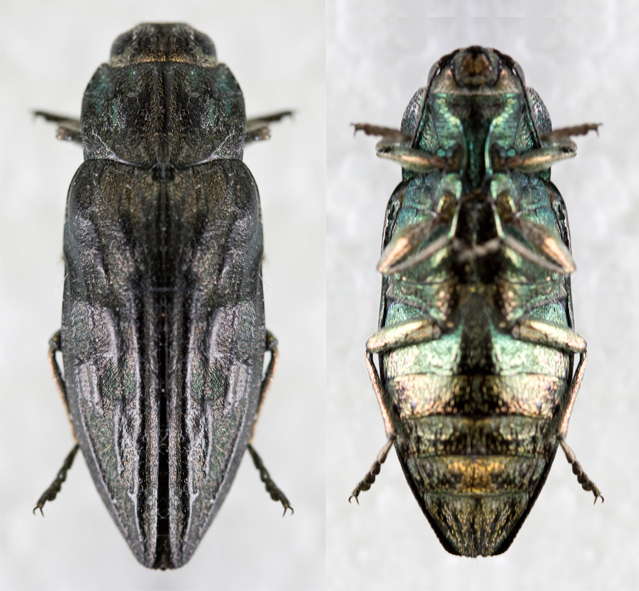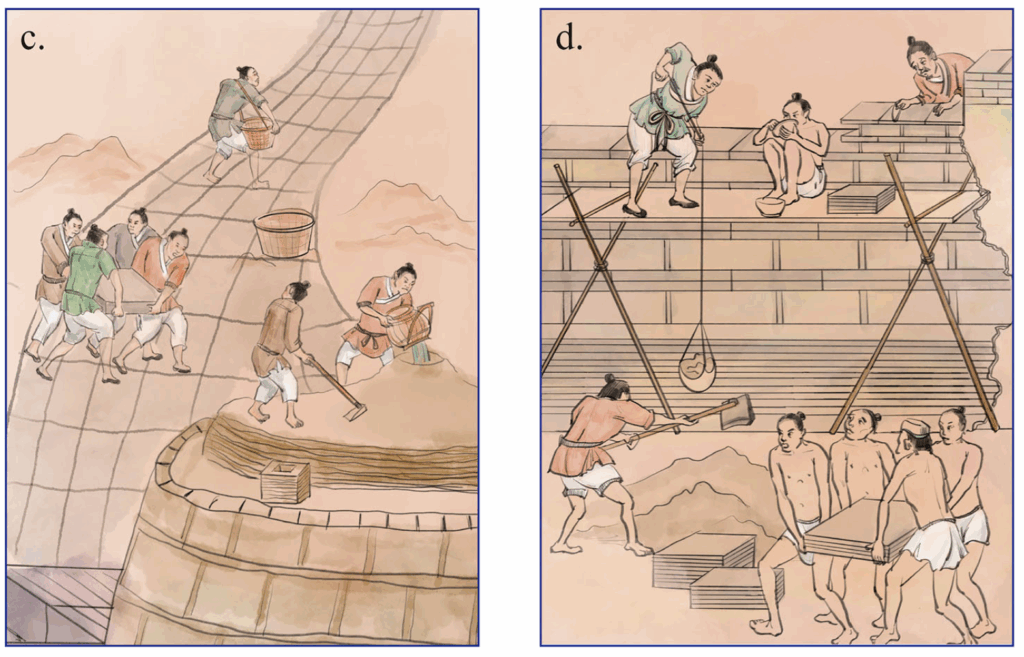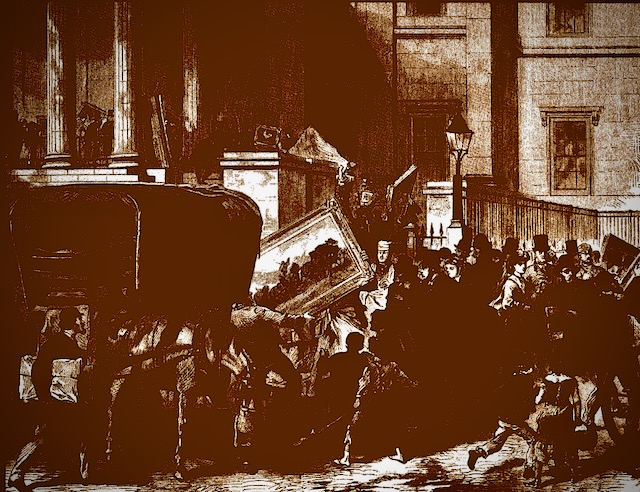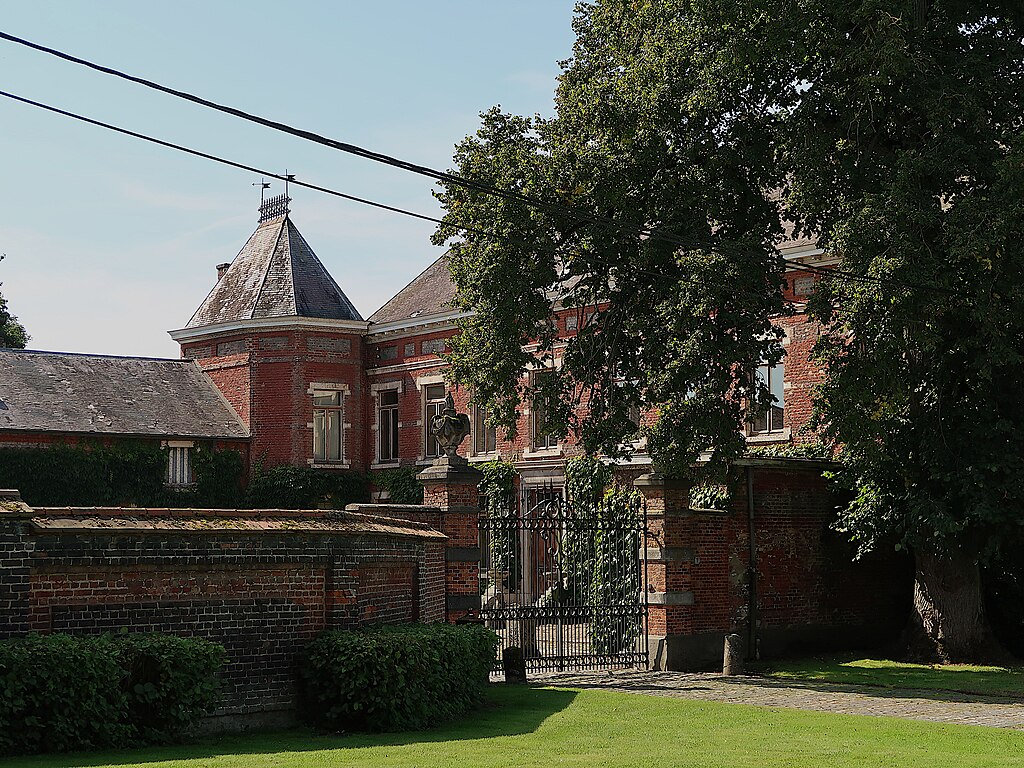Termites, Worms, Xylophagous and Fire Protections In Museums
Fire protection systems can be useful also to improve the environment of museums and galleries, like the active fire protection measures that replaces the air within a protected space with inert air that has reduced oxygen concentratio
In some cases, fire protection systems can be useful to improve the environment of museums and galleries, like the active fire protection measures that replaces the air within a protected space with inert air that has reduced oxygen concentration.

The different concentrations of the components of air are slightly altered (typically, five percent of the oxygen content can be substituted by nitrogen) and are safe to breathe for most people but prevent fire ignition in many materials.
Even if in the specific case of the Florence gallery low oxygen concentration systems weren’t used, the typical problems of improving the environment are similar to the ones faced by the Florence Galleria degli Uffizi, that has decontaminated by termites more than 400 masterpieces. The war on insects in one of the most famous museums in the world is in full swing. Xylophagous, a presence in typical environments with wooden structures such as museums or collections, will be eradicated by a new conservation work carried out by management and the staff of the Gallery. Will be cleared also the doors of the Gallery Room of the precious miniatures.
Uffizi Gallery is currently organizing the chemical treatment of all the doors of the Gallery and restoration of wooden decorations of the Hall of Miniatures. But the works of greatest importance and size are the altarpiece The Coronation of the Virgin by Lorenzo Monaco, Coronation of the Virgin by Botticelli and the triptych with the Adoration of the Shepherds by Hugo van der Goes. Such interventions are urgent and delicate and have to be carried out without moving the artifacts and without hindrance to the public, since two of these paintings are housed in a room which is relevant to Botticelli.
Of particular importance was the work on the altarpiece by Lorenzo Monaco was considered improcrastinabile for the state of conservation work and run into the front of the painting, which is almost five meters high, a sheet of special material, combined with the upright skylight to form a closed bag. Inside the bag was put to the nitrogen saturation of the environment, thus enabling the elimination of larvae and eggs in the wood.
The operation was conducted with constant monitoring of the parameters of moisture, temperature, pressure, concentration of nitrogen pressure, residual oxygen and ended with a treaty of protection from future attacks. The tests performed on the altarpiece in 2009 has identified a specific method and an apparatus adapted to the pest control technology of large-scale works and in 2010.







